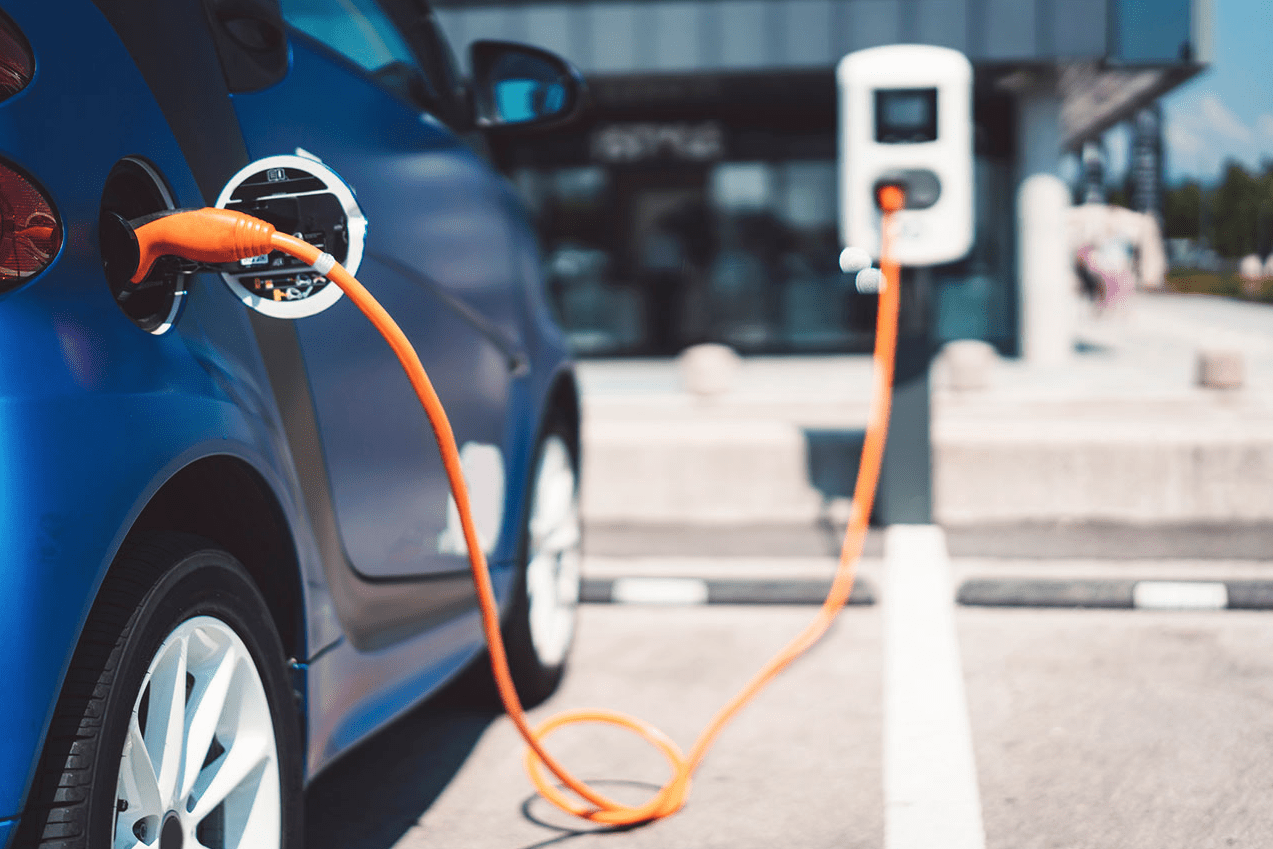A significant auto sales slowdown has been just one of the economical detriments from the novel coronavirus pandemic. Millions of people are unemployed suddenly and consumer sentiment is rather low at the moment. For the auto industry, it will take longer to sell off inventory stores than initially expected. But as the virus tapers down and business resumes for the American public, there are some exciting things in store for mobility.
EV Adoption Becomes Mainstream
 Nearly every carmaker in the world has a multi-billion-dollar investment in electric vehicle development. Tesla has become a household name on their EVs, and almost every brand is preparing to launch or expand their electrified lineup. While the extent to which EVs are adopted is to be seen, it’s undoubtedly going to be exponential early in this decade.
Nearly every carmaker in the world has a multi-billion-dollar investment in electric vehicle development. Tesla has become a household name on their EVs, and almost every brand is preparing to launch or expand their electrified lineup. While the extent to which EVs are adopted is to be seen, it’s undoubtedly going to be exponential early in this decade.
Take Volkswagen AG for instance. As the world’s largest automaker, their ID vehicle line is going to be influential in providing EVs for the masses. Set to release in stages beginning in the next 12 months, an electric hatchback, all-electric minibus, and an electric SUV are coming.
In an interview with Forbes, VW’s executive director of design, Klaus Bischoff, said, “We see VW’s role in similarly democratizing CO2-free mobility and making electric cars accessible to everyone. What we’re doing is not just about car design; we are looking deeper into the heart of the brand which impacts on our design approach. The design then needed to really stand out and be different from the other cars.”
Related: The Importance of a Streamlined User Experience for Your Dealership’s Website
Enhanced V2X with 5G
Roadways will soon have plenty more connected cars that communicate with other cars, their environment, and infrastructure in a bid to improve mobility and safety. It’s a monumental task with today’s 4G technology, but 5G is coming and it will enhance how connected cars can operate.
Now, it isn’t beneficial for the individual vehicle and motorist, although ADAS systems will certainly benefit with faster processing times and over-the-air updates are more accessible. It’s going to improve how traffic flows as real-time data influences navigation suggestions, traffic lights, and non-motorized movement. It’s predicted to come as soon as 2022.
Increased Sustainable Materials Use
There’s nothing like the look and feel of genuine leather in a vehicle…except for synthesized materials that mimic the real thing. Carmakers are using synthetic materials at a much higher level than ever in a bid to reduce waste and increase sustainability in the industry.
California-based electric carmaker Fisker is one such company to promote their sustainable materials. The Fisker Ocean concept vehicle is set to be released next year and boasts a completely ‘vegan interior’ with the smooth appearance of leather. The interior trim is “derived from polyester fibers (T-shirts, fibers), recycled bottles and plastic to reduce energy consumption and CO2 emissions into the atmosphere by 80%”, according to the Fisker website.
Hyundai has used the same strategy for the Ioniq Electric for a few years already. They use recycled plastics, powdered wood, volcanic stone, and bio-fabrics for an environmentally-sustainable interior.
The auto industry may appear to be in a holding pattern at the moment, but there are definitely developments to be excited about. Get familiar with what your manufacturer has in the works – most automaker sites have a section devoted to it.
Related: Dealership Upgrades At Nissan Embrace The Future
Did you enjoy this article from Jason Unrau? Read other articles from him here.
Car Biz Today, the official resource of the retail automotive industry.


While you’re here, don’t forget to subscribe to our email newsletter for all the latest auto industry news from CBT News.







